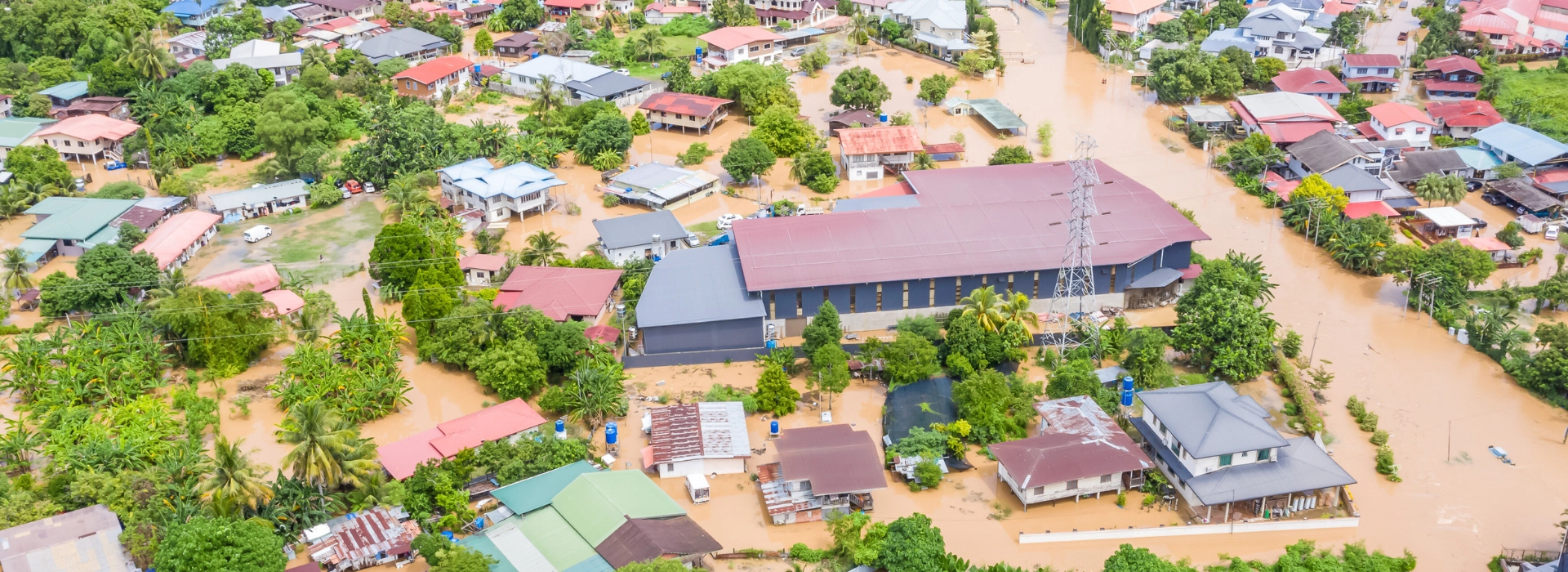Sea level rise: a threat to all coastal cities around the world.
It is clear that climate change is radically changing our planet, and because of this, sea level rise is one of the most difficult challenges facing coastal cities.
In fact, this phenomenon is mainly fueled by the melting of the polar ice caps and glaciers, as well as the thermal expansion of seawater (i.e., when water warms up). Consequence?
Coastal cities around the world, from Miami to Venice, face a growing threat that can no longer be ignored and must be defended against.
Storm surges, amplified by sea level rise, can cause enormous damage during extreme weather events such as hurricanes and storms.
In the next few paragraphs, we will discuss the effects and the measures to be taken to curb the resulting damage.
The devastating effects on infrastructure and the environment.
Coastal cities are already experiencing the damaging effects caused by rising sea levels.
At the economic level, food production and the health of local ecosystems are at risk, and this is due to the ‘intrusion of salt water into freshwater supplies.
Another effect due to sea level rise that goes to the economic sphere is more frequent and intense flooding, which submerges entire neighborhoods, and this means that regular land traffic is disrupted, structures are damaged forcing countries to apply for emergency funds for natural disasters.
Also affected by the phenomenon of rising seas are private homes and commercial buildings that are undermined in their foundations due to coastal erosion.
From this list, it is clear how the phenomenon in question, due to climate change, is not a matter of “just” sea level rise, but is an issue that compromises the entire personal, economic and social lives of human beings.
Moreover, the very infrastructure such as roads, bridges and transportation systems are endangered, just as biodiversity is also endangered.
Let us not forget that the availability of drinking water for millions of people is also being drastically reduced.
Adaptation strategies to protect the future of coastal cities: SFS and the sustainable design of resilient properties.
Addressing sea level rise requires a coordinated and proactive approach among institutions and entrepreneurs working in Logistics Real Estate, for example, that includes both short-term adaptation measures and long-term planning strategies.
Everyone can and must do their part.
That is why cities, municipalities, regions and various nations must invest:
-
in the implementation of resilient infrastructure: dams and coastal barriers to protect the most vulnerable areas from flooding, and development of buildings that can withstand extreme conditions;
-
In improving urban drainage systems to manage stormwater and stormwater runoff;
-
in adopting sustainable urban planning practices that promote the use of green spaces and nature-based solutions to absorb rainwater and reduce the risk of flooding;
-
in community involvement: educating and involving residents in adaptation strategies to ensure a coordinated and effective response to climate challenges.
The challenges this phenomenon forces us to overcome and compels us to careful planning, targeted investment, and strong international cooperation.
This is the only way to significantly reduce risks and protect infrastructure and communities from the most devastating consequences.
At SFS, we combine innovation, energy efficiency, and the use of eco-friendly materials to build structures that reduce environmental impact and succeed in addressing the climate problems that lie ahead.
Our greatest ambition is to make every logistics property a concrete answer to these global problems, which is why we build safe, durable and resilient logistics hubs. Integrating innovative and sustainable solutions into your facilities becomes critical to addressing climate challenges, protecting infrastructure and supporting a resilient growth model.
Adopting ESG criteria and pursuing the highest sustainability certifications not only protects the future of coastal cities, but is a concrete contribution to creating a safer and more sustainable world.
Whether you are an established professional or passionate about these issues, sea level rise represents a challenge that involves us.
Sustainable design is not just a response to current emergencies, but an opportunity to rethink how we build for the future, with innovative solutions that can protect coastal cities and ensure a safer and more resilient environment for generations to come.










